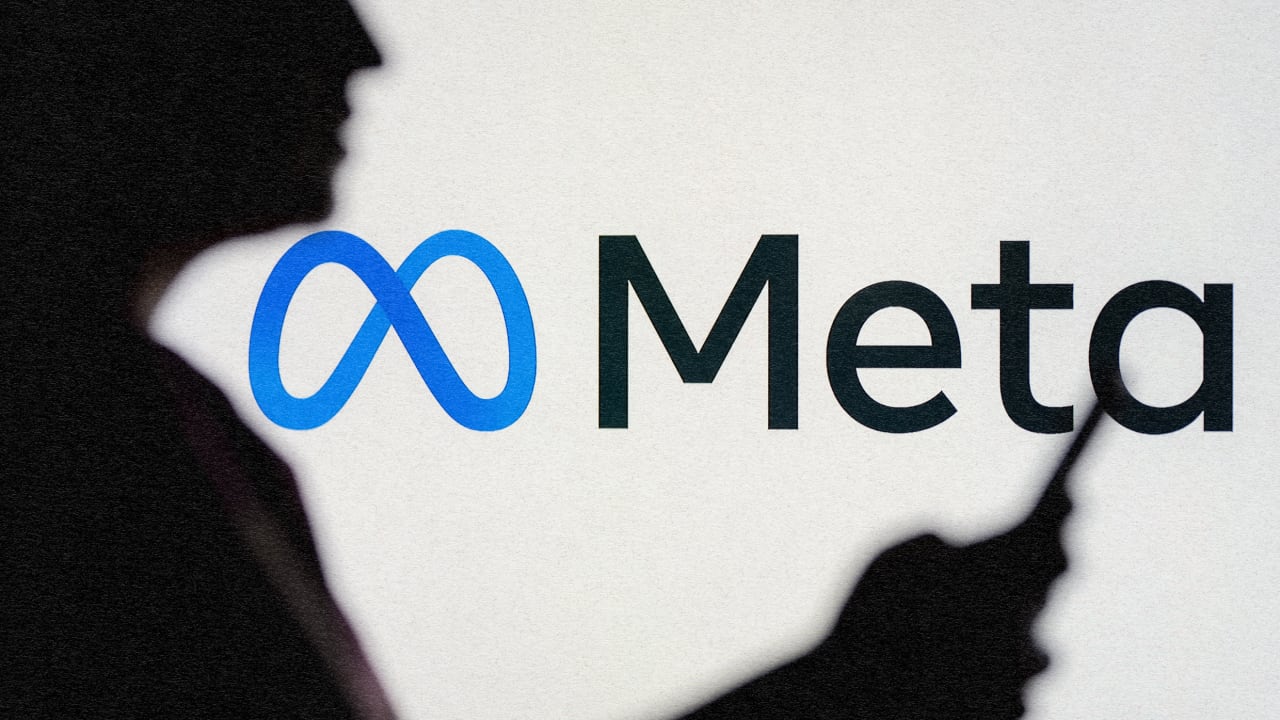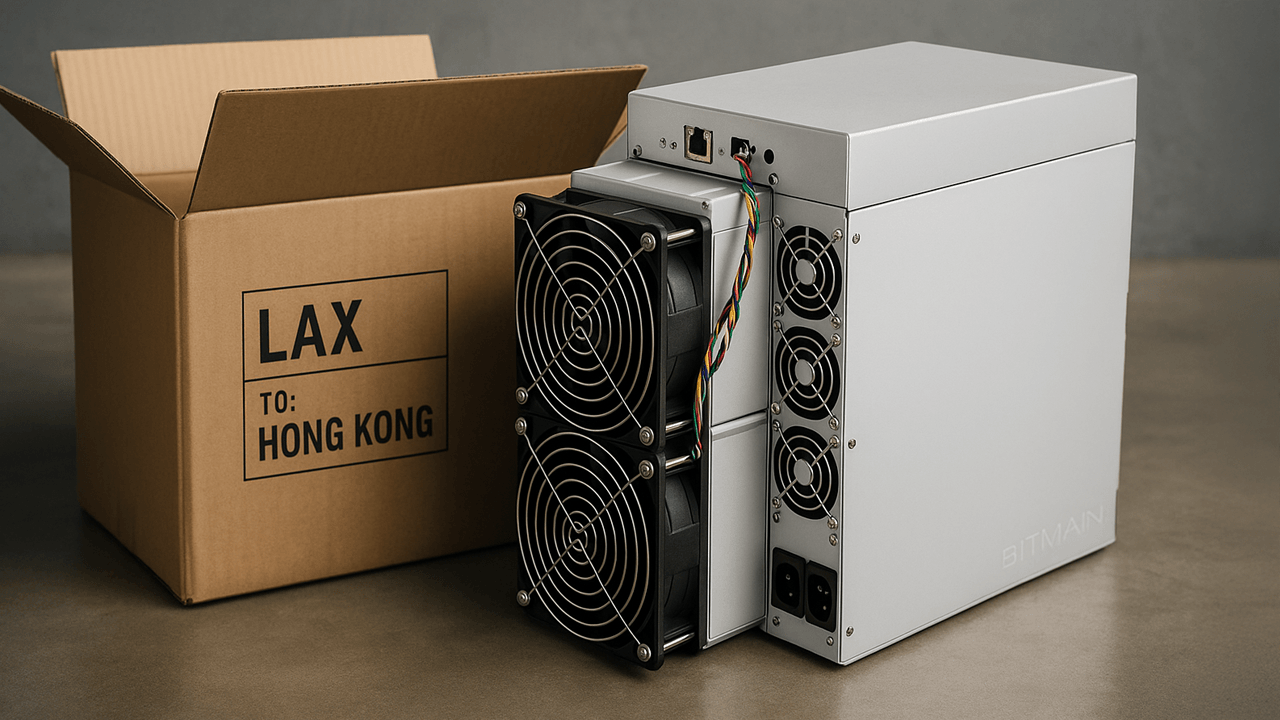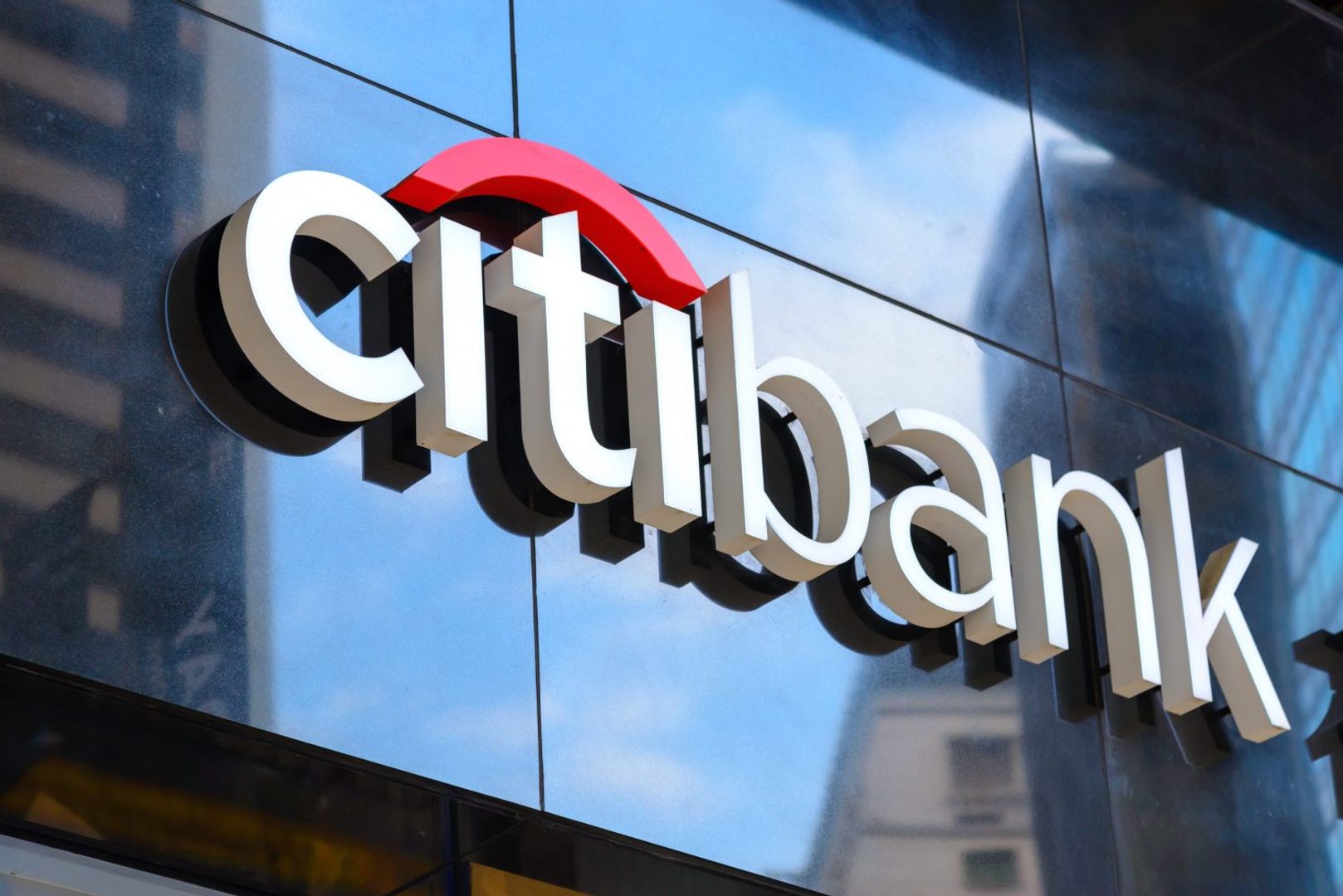Generative AI Is Redefining the Manufacturing Supply Chain
In today’s fast-paced world, the resilience of supply chains can make or break a manufacturer’s success. The past year alone has exposed the vulnerabilities of global logistics. Geopolitical conflicts, key component shortages, vessels stranded in canals, and even collapsing bridges have triggered disruptions that have rippled across industries. The cost is estimated at $184 million per year per organisation, a huge figure that demonstrates the need for smarter, more adaptable supply chain solutions. Amid this storm of uncertainty, a powerful ally is emerging for manufacturers: generative AI. Unlike traditional artificial intelligence, generative AI goes beyond retrospective analytics. It empowers manufacturers with real-time, intuitive, and context-aware intelligence that can reshape every link of the supply chain, be it from forecasting demand to mitigating supplier risks and building smarter factories. Let’s examine how manufacturers can harness the full potential of generative AI to not only respond to disruption but also anticipate, adapt, and thrive. A New Era of Prediction:The Crystal Ball of Generative AI In manufacturing, timing is everything. The ability to predict consumer demand accurately can boost revenue, optimise production cycles, and prevent costly overstock or stockouts. But when predictions fail, the consequences are dire: unsold inventory, halted production lines, and lost market opportunities. Traditional AI tools have helped by analysing historical data to forecast trends. But generative AI takes it several steps further, integrating both structured and unstructured data in real time, from ERP systems to economic indicators, social media chatter, weather forecasts, and even news feeds. This broader, richer data landscape provides a dynamic and multi-dimensional view of upcoming market needs. Imagine a situation where a fashion manufacturer anticipates a spike in waterproof outerwear demand, not just from past sales patterns but also from upcoming climate trends and viral TikTok fashion trends. Generative AI helps with this kind of agility and foresight, allowing organisations to respond to what happened and what might happen. Intelligent Supplier Management: The AI-Powered Risk Radar In an era where a single supplier’s hiccup can ripple across global production lines, managing supplier risk is more critical than ever. Generative AI excels here too, automatically analysing financial statements, past performance metrics, compliance documents, and even news reports or social media commentary to build real-time risk profiles. Let’s say a vital supplier in Southeast Asia shows early signs of financial instability. While this may not yet be reflected in official channels, generative AI could flag this through subtle cues—delayed shipments, employee layoffs mentioned in social feeds, or shifting credit ratings. Armed with this knowledge, a manufacturer can proactively engage alternate suppliers, avoiding disruptions before they impact production. This dynamic risk monitoring provides a more responsive and resilient supplier network, one that’s built not on guesswork but on intelligent, always-on insights. Situation Planning: Turning Uncertainty into Strategy No supply chain is immune to disruption. Whether it's a cyberattack, a pandemic, or a freak weather event, the challenge isn’t just about reacting fast; it’s about being ready to react. Generative AI empowers manufacturers to do just that through advanced situation modeling. Simulating potential disruptions, such as a supplier outage or logistical delay, it can generate actionable responses on the fly. For instance, it can answer questions like, “What happens if factory A runs out of components? Can factory B take over without impacting delivery timelines?” These simulations tie into live data, ensuring that decisions are grounded in the current reality. In short, manufacturers are no longer making decisions in the dark; they’re modeling the future and preparing for it with precision. The Smart Factory Revolution: Generative AI Meets IoT The future of manufacturing lies in the smart factory, where machines talk to each other, sensors collect data continuously, and operations adjust in real time to meet changing demands. Generative AI acts as the intelligent brain that powers this interconnected system. Take the case of US Steel, which is already using Google Cloud’s generative AI to reduce machinery downtime and accelerate repairs. By tapping into IoT data streams—vibration levels, temperature changes, and wear-and-tear indicators—generative AI can predict machine failures before they happen. Moreover, when equipment does break down, generative AI can immediately comb through technical manuals, past maintenance logs, and service histories to guide technicians to the fastest, most efficient fix. This smooth intelligence reduces downtime, boosts productivity, and creates a more sustainable and profitable factory environme

In today’s fast-paced world, the resilience of supply chains can make or break a manufacturer’s success.
The past year alone has exposed the vulnerabilities of global logistics. Geopolitical conflicts, key component shortages, vessels stranded in canals, and even collapsing bridges have triggered disruptions that have rippled across industries. The cost is estimated at $184 million per year per organisation, a huge figure that demonstrates the need for smarter, more adaptable supply chain solutions.
Amid this storm of uncertainty, a powerful ally is emerging for manufacturers: generative AI. Unlike traditional artificial intelligence, generative AI goes beyond retrospective analytics. It empowers manufacturers with real-time, intuitive, and context-aware intelligence that can reshape every link of the supply chain, be it from forecasting demand to mitigating supplier risks and building smarter factories.
Let’s examine how manufacturers can harness the full potential of generative AI to not only respond to disruption but also anticipate, adapt, and thrive.
A New Era of Prediction:The Crystal Ball of Generative AI
In manufacturing, timing is everything. The ability to predict consumer demand accurately can boost revenue, optimise production cycles, and prevent costly overstock or stockouts. But when predictions fail, the consequences are dire: unsold inventory, halted production lines, and lost market opportunities.
Traditional AI tools have helped by analysing historical data to forecast trends. But generative AI takes it several steps further, integrating both structured and unstructured data in real time, from ERP systems to economic indicators, social media chatter, weather forecasts, and even news feeds. This broader, richer data landscape provides a dynamic and multi-dimensional view of upcoming market needs.
Imagine a situation where a fashion manufacturer anticipates a spike in waterproof outerwear demand, not just from past sales patterns but also from upcoming climate trends and viral TikTok fashion trends. Generative AI helps with this kind of agility and foresight, allowing organisations to respond to what happened and what might happen.
Intelligent Supplier Management: The AI-Powered Risk Radar
In an era where a single supplier’s hiccup can ripple across global production lines, managing supplier risk is more critical than ever. Generative AI excels here too, automatically analysing financial statements, past performance metrics, compliance documents, and even news reports or social media commentary to build real-time risk profiles.
Let’s say a vital supplier in Southeast Asia shows early signs of financial instability. While this may not yet be reflected in official channels, generative AI could flag this through subtle cues—delayed shipments, employee layoffs mentioned in social feeds, or shifting credit ratings. Armed with this knowledge, a manufacturer can proactively engage alternate suppliers, avoiding disruptions before they impact production.
This dynamic risk monitoring provides a more responsive and resilient supplier network, one that’s built not on guesswork but on intelligent, always-on insights.
Situation Planning: Turning Uncertainty into Strategy
No supply chain is immune to disruption. Whether it's a cyberattack, a pandemic, or a freak weather event, the challenge isn’t just about reacting fast; it’s about being ready to react.
Generative AI empowers manufacturers to do just that through advanced situation modeling. Simulating potential disruptions, such as a supplier outage or logistical delay, it can generate actionable responses on the fly. For instance, it can answer questions like, “What happens if factory A runs out of components? Can factory B take over without impacting delivery timelines?”
These simulations tie into live data, ensuring that decisions are grounded in the current reality. In short, manufacturers are no longer making decisions in the dark; they’re modeling the future and preparing for it with precision.
The Smart Factory Revolution: Generative AI Meets IoT
The future of manufacturing lies in the smart factory, where machines talk to each other, sensors collect data continuously, and operations adjust in real time to meet changing demands. Generative AI acts as the intelligent brain that powers this interconnected system.
Take the case of US Steel, which is already using Google Cloud’s generative AI to reduce machinery downtime and accelerate repairs. By tapping into IoT data streams—vibration levels, temperature changes, and wear-and-tear indicators—generative AI can predict machine failures before they happen.
Moreover, when equipment does break down, generative AI can immediately comb through technical manuals, past maintenance logs, and service histories to guide technicians to the fastest, most efficient fix. This smooth intelligence reduces downtime, boosts productivity, and creates a more sustainable and profitable factory environment.
Building for Tomorrow: The Generative AI Adoption Roadmap
Of course, none of this transformation happens overnight. To unlock the full potential of generative AI, manufacturers must first invest in the right strategy, partnerships, and talent.
That begins with a clear understanding of what generative AI can and cannot do. It’s not a silver bullet, but rather a powerful enabler. Working with experienced technology providers is critical; they bring the tools, experience, and frameworks necessary to bridge the gap between ambition and execution.
Just as importantly, organisations must bring all stakeholders to the table. Supply chain managers, IT teams, production leads, and business strategists need to collaborate to design AI adoption roadmaps that are not just technologically sound, but operationally viable and aligned with long-term goals.
A phased approach often works best—starting with high-impact use cases like demand forecasting or maintenance optimisation before scaling to broader applications like supplier intelligence or dynamic pricing.
The Payoff: Resilience, Efficiency, and Innovation
Manufacturers that embrace generative AI today are building the foundation for a more resilient and competitive future.
They’ll be able to make faster, better-informed decisions that anticipate market shifts. They’ll spend less time reacting to disruptions and more time innovating and optimising. And they’ll transform their supply chains from fragile webs into adaptive, intelligent ecosystems.
In a world where change is constant, adaptability is power. And with generative AI, manufacturers finally have the tools to master the unpredictable.


















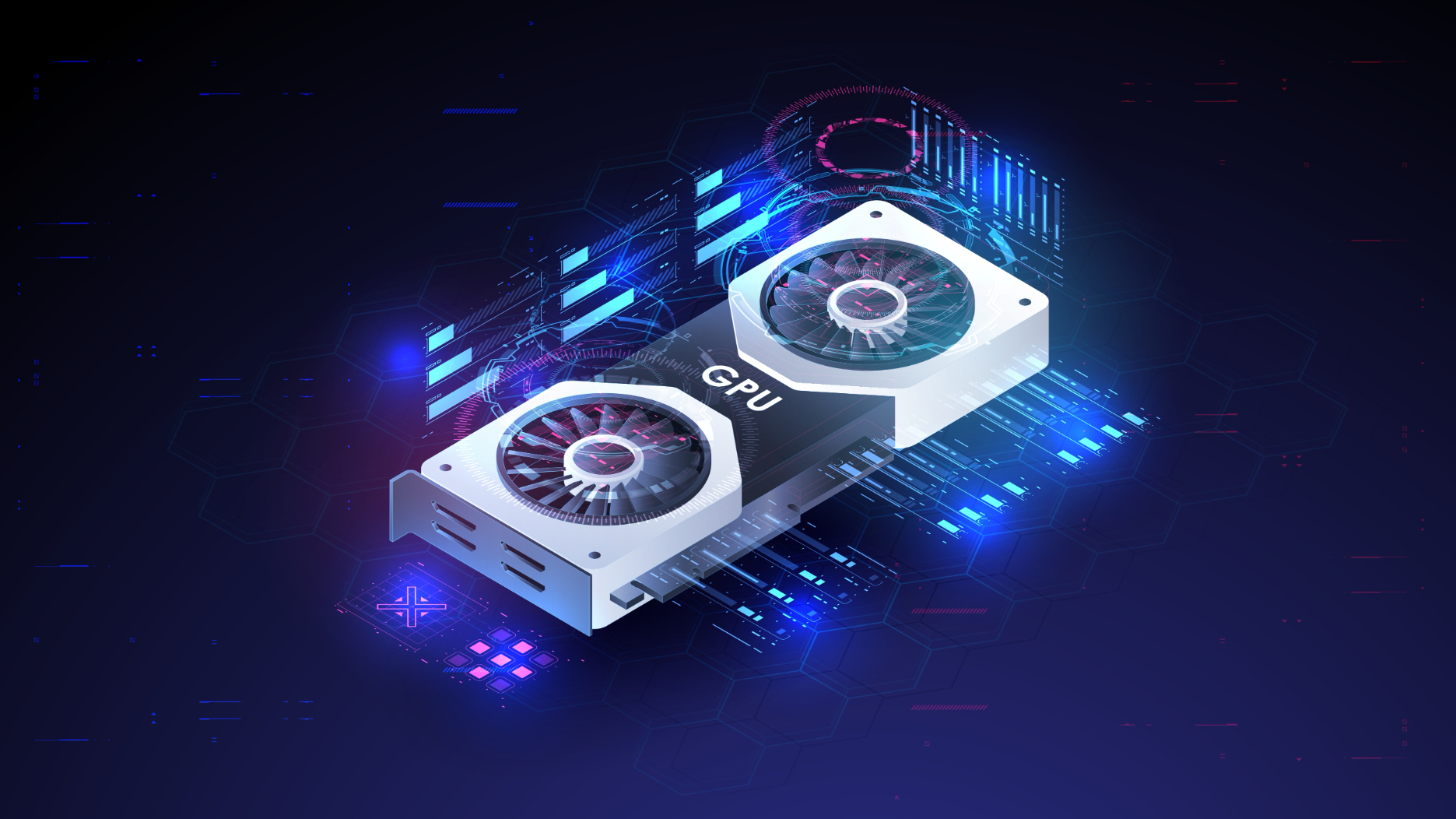






















































































































































![[The AI Show Episode 144]: ChatGPT’s New Memory, Shopify CEO’s Leaked “AI First” Memo, Google Cloud Next Releases, o3 and o4-mini Coming Soon & Llama 4’s Rocky Launch](https://www.marketingaiinstitute.com/hubfs/ep%20144%20cover.png)















































































































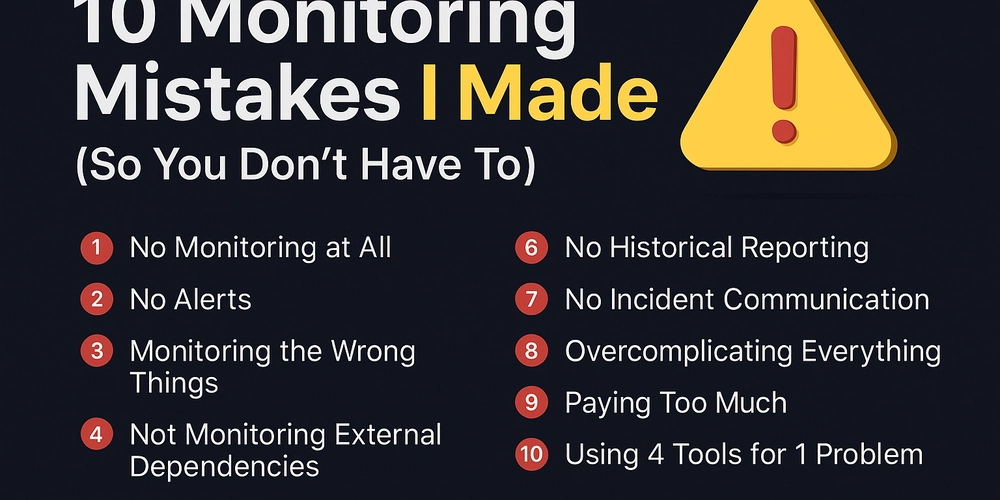


































































.jpg?width=1920&height=1920&fit=bounds&quality=70&format=jpg&auto=webp#)























































































_Olekcii_Mach_Alamy.jpg?width=1280&auto=webp&quality=80&disable=upscale#)
















































































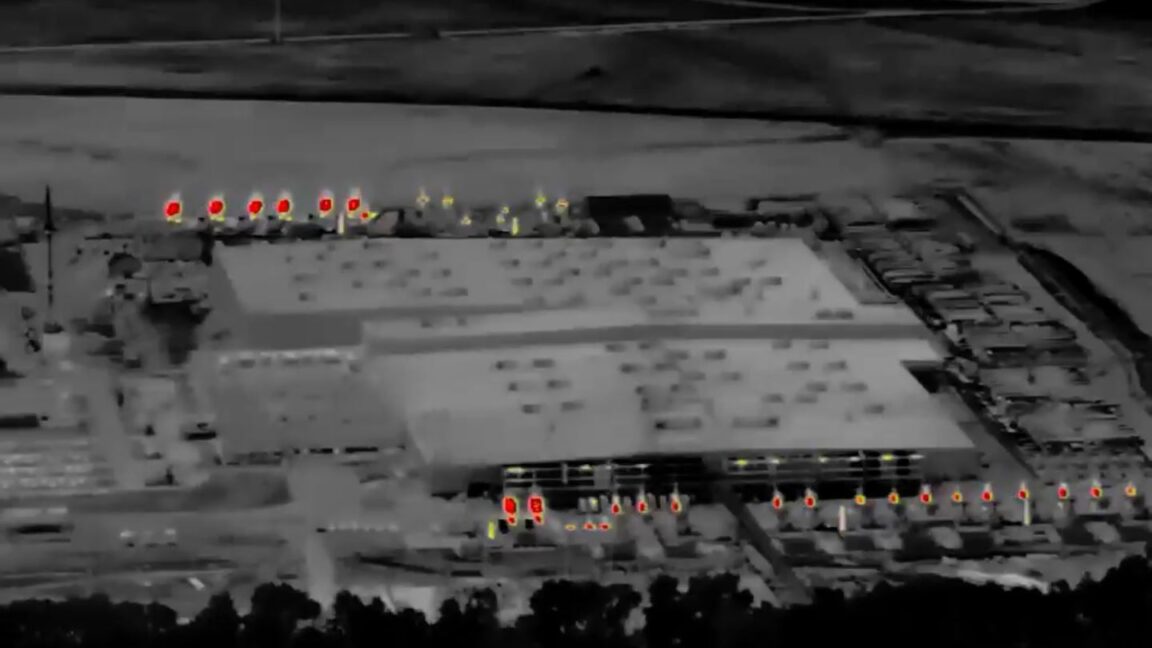








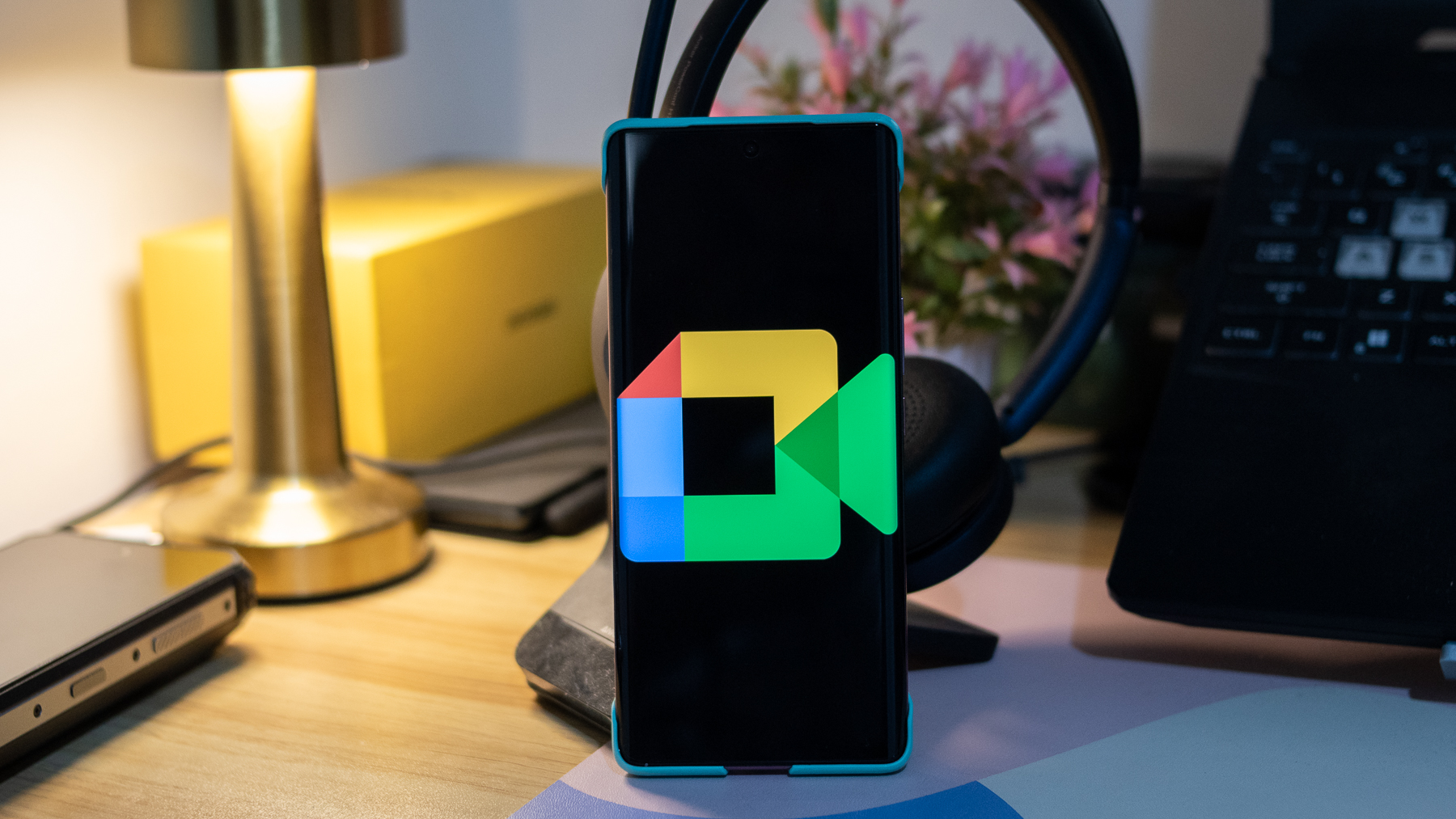





















![Apple Drops New Immersive Adventure Episode for Vision Pro: 'Hill Climb' [Video]](https://www.iclarified.com/images/news/97133/97133/97133-640.jpg)

![Most iPhones Sold in the U.S. Will Be Made in India by 2026 [Report]](https://www.iclarified.com/images/news/97130/97130/97130-640.jpg)
![Apple to Shift Robotics Unit From AI Division to Hardware Engineering [Report]](https://www.iclarified.com/images/news/97128/97128/97128-640.jpg)

































































